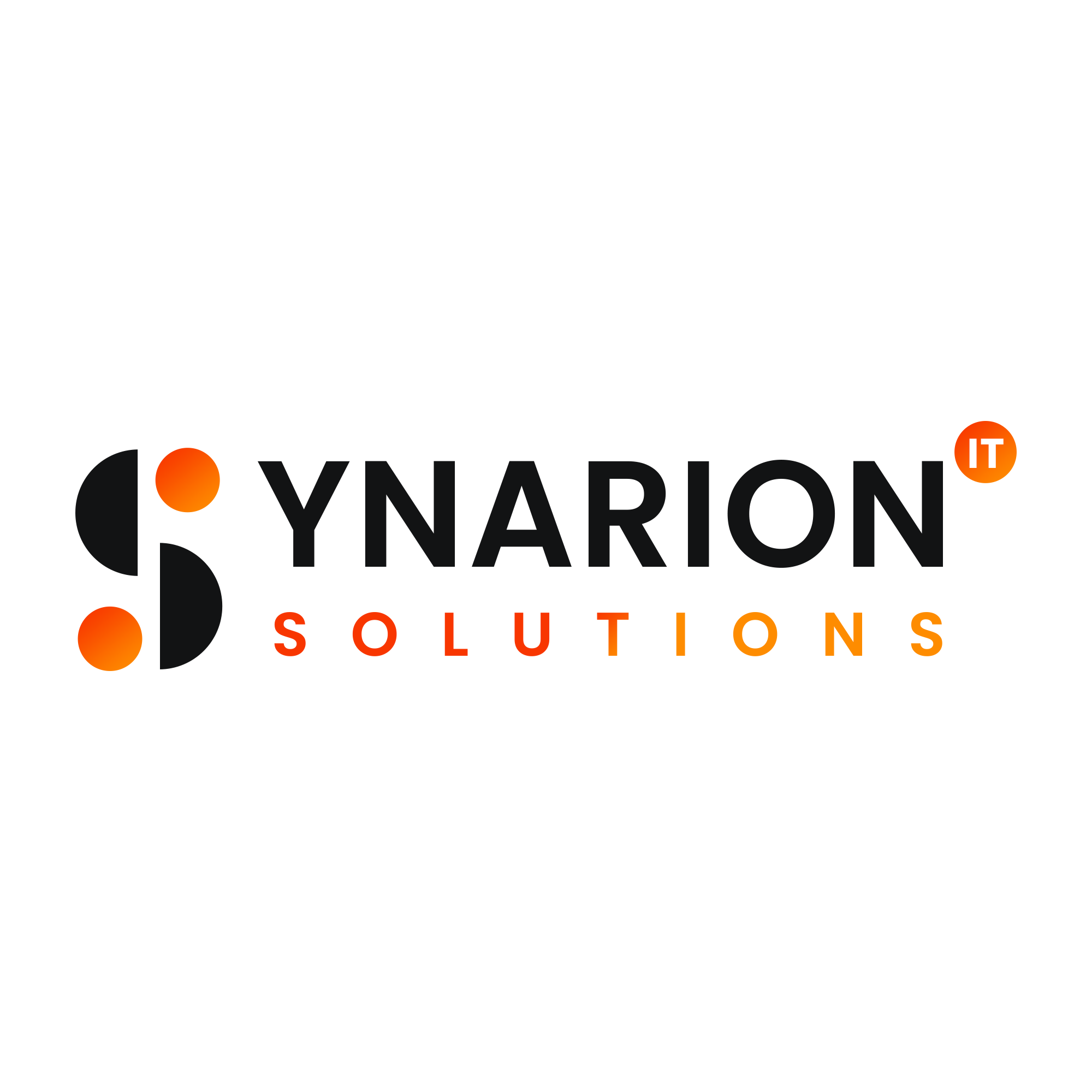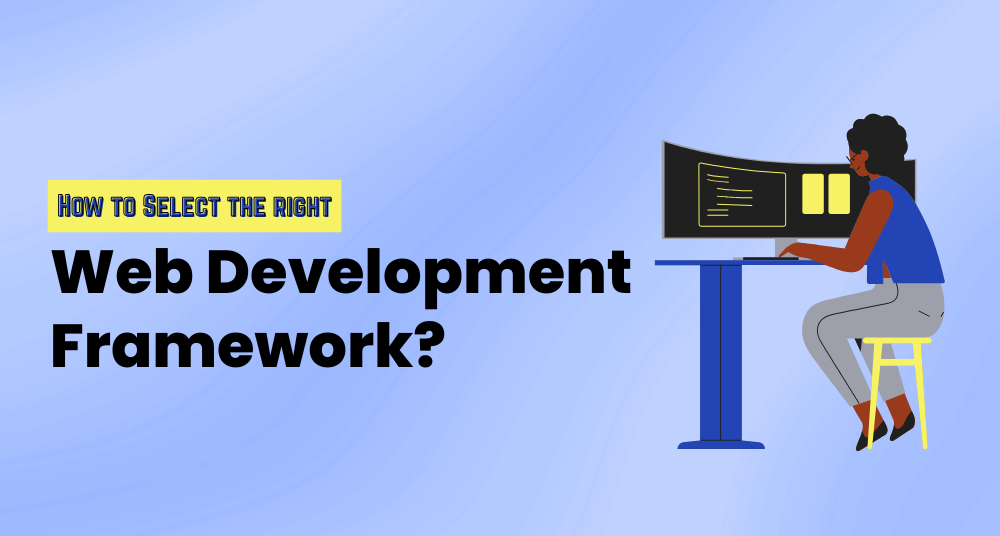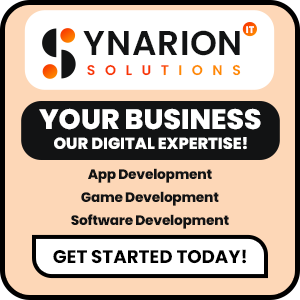In today’s fast-paced digital world, selecting the right website development framework is crucial for building a website that is not only functional but also scalable, secure, and user-friendly. A well-chosen framework can streamline development processes, improve website performance, and enhance the user experience. With countless options available, it can be overwhelming to make the right choice. However, understanding the needs of your business, your development team’s capabilities, and the specific features you need can help guide you toward the perfect framework for your project.
This guide will help you navigate the decision-making process of choosing the right website development framework by explaining the key factors to consider, the different types of frameworks available, and how each can impact your website’s success.
What is a Website Development Framework?
A website development framework is a pre-built set of tools, libraries, and guidelines that developers use to create websites and web applications. It serves as a foundation to structure and organize your website’s code, making the development process faster, more efficient, and easier to maintain. Frameworks provide developers with reusable code, templates, and components, which can significantly reduce the time spent on common development tasks such as handling authentication, user interfaces, and data storage.
Website frameworks come in many shapes and forms, such as front-end frameworks (for designing the user interface), back-end frameworks (for server-side logic and database interactions), and full-stack frameworks (which combine both front-end and back-end development).
Key Factors to Consider When Choosing a Framework
When selecting a website development framework, it’s important to weigh several factors to ensure that the framework aligns with your business goals and project requirements. Here are the key factors to consider:
Business Requirements
The first step is to define the goals of your website. Are you building an e-commerce platform, a blog, a corporate website, or a social networking site? Each type of website has different functional and performance needs. For example, an e-commerce site requires secure payment gateways and an inventory management system, whereas a blog may prioritize content management and search engine optimization (SEO).
Developer Expertise and Team Skills
Your development team’s familiarity with the framework is critical. If your team is proficient in JavaScript, for instance, using a JavaScript-based front-end framework like React or Vue.js might be a good choice. If the team has experience with PHP, a PHP-based framework like Laravel could be ideal for back-end development. Choose a framework that matches your team’s expertise to avoid a steep learning curve and minimize development time.
Scalability and Flexibility
Consider the future growth of your website. Will your business need to scale quickly as your customer base grows? A framework that allows for easy scalability and flexibility is important. Frameworks like React (for front-end) or Django (for back-end) are known for their scalability and can handle large projects with high traffic.
Security
Security is one of the most crucial considerations when developing a website, particularly for e-commerce and financial platforms. Ensure that the framework you choose provides built-in security features, such as protection against SQL injection, cross-site scripting (XSS), and other security vulnerabilities. For instance, Laravel is known for its robust security features.
Performance
Performance is key to user experience and SEO. A framework that supports high performance and fast loading times is essential. Consider frameworks like Gatsby (Jamstack) or Next.js, which focus on performance by generating static sites that load quickly.
Community Support and Documentation
A strong, active community and extensive documentation can make a huge difference during development. When issues arise, having a community to turn to for support and a wealth of resources available in the form of documentation, tutorials, and forums can significantly reduce development time and frustration.
Maintenance and Updates
A framework should be actively maintained and updated to ensure it stays compatible with the latest web technologies and security protocols. Popular frameworks like React, Angular, and Laravel are consistently updated by their developers, ensuring you get new features, security patches, and performance improvements.
Types of Website Development Frameworks
Website development frameworks generally fall into three main categories: front-end frameworks, back-end frameworks, and full-stack frameworks. Let’s dive deeper into each category.
Front-End Frameworks
Front-end frameworks focus on the user interface (UI) of the website—what users see and interact with. They help structure the HTML, CSS, and JavaScript that powers the front-end of the website.
Popular Front-End Frameworks:
React: A JavaScript library developed by Facebook, known for building dynamic, interactive UIs. It is widely used for creating single-page applications (SPAs).
Vue.js: A lightweight and flexible JavaScript framework that is easier to integrate into projects. It’s a great choice for both beginners and advanced developers.
Angular: Developed by Google, Angular is a robust front-end framework used for building complex and scalable web applications.
Flutter: Originally designed for mobile app development, Flutter is gaining popularity for web development as well. It allows for cross-platform development, making it ideal for projects that need both mobile and web applications with a consistent user interface.
Back-End Frameworks
Back-end frameworks manage the server-side functionality of a website. These frameworks help handle databases, server configurations, and business logic.
Popular Back-End Frameworks:
Laravel: A PHP framework that simplifies common web development tasks such as routing, sessions, and authentication. Known for its security and ease of use.
Django: A Python-based framework that promotes clean, pragmatic design and rapid development. Django is particularly suitable for building large-scale, data-driven websites.
Ruby on Rails: A full-stack Ruby framework that emphasizes simplicity and speed in web application development.
Full-Stack Frameworks
Full-stack frameworks provide a comprehensive solution, offering both front-end and back-end development tools in one package. These frameworks help streamline the development of complex applications, where the front-end and back-end need to work seamlessly together.
Popular Full-Stack Frameworks:
Node.js: A JavaScript runtime that allows developers to use JavaScript on both the front-end and back-end. It is commonly used in conjunction with frameworks like Express.js.
MERN Stack: Consists of MongoDB, Express.js, React, and Node.js, providing a full-stack JavaScript solution for building scalable applications.
Django + React: A combination of Django for the back-end and React for the front-end, providing the flexibility and performance needed for complex projects.
Useful Resource: Top Trends in Full Stack Development
Headless CMS Frameworks
Headless CMS frameworks decouple the front-end and back-end, providing content management flexibility. These frameworks allow developers to create the front-end experience with a variety of technologies while the back-end handles content storage and retrieval.
Popular Headless CMS Frameworks:
Contentful
Contentful is a powerful headless CMS trusted by enterprises for its flexibility, scalability, and API-first approach. It allows developers to structure content freely and deliver across multiple channels. Its intuitive interface and robust developer tools make it ideal for creating dynamic, omnichannel digital experiences efficiently and at scale.
Strapi
Strapi is an open-source, Node.js-based headless CMS that gives developers complete control over their content and APIs. It’s customizable, supports REST and GraphQL, and integrates seamlessly with modern frontend frameworks. With its self-hosted nature, it’s perfect for projects needing full flexibility and complete control over data and infrastructure.
Sanity
Sanity offers real-time collaboration, a flexible data model, and a developer-first interface for building structured content across platforms. It comes with a powerful query language (GROQ) and a customizable editing environment. Ideal for dynamic websites, apps, and digital products that require scalable, structured, and reusable content architecture.
Kontent.ai
Kontent.ai is a cloud-native headless CMS designed for enterprise-level content operations. It separates content from presentation, empowering teams to collaborate independently. With built-in AI features and modular content reuse, it streamlines digital content workflows and supports omnichannel delivery while maintaining security, compliance, and performance across platforms.
WordPress VIP
WordPress VIP is the enterprise version of WordPress that offers a headless architecture for delivering secure, scalable, and high-performance content. Backed by Automattic, it integrates with modern tech stacks and is trusted by major brands. Ideal for companies needing robust content governance and fast, API-driven experiences.
Magnolia
Magnolia is a flexible headless CMS designed for enterprises needing both content agility and integration capabilities. It allows for headless delivery via APIs while offering hybrid CMS features for marketers. Magnolia integrates easily with existing systems and empowers teams to create consistent digital experiences across channels and devices.
Arc XP
Arc XP is a cloud-native, headless digital experience platform built by The Washington Post. It enables content creation, distribution, and commerce across channels with high speed and scalability. Ideal for media and enterprise businesses, Arc XP combines CMS, digital asset management, and personalization tools in one platform.
Superdesk
Superdesk is an open-source headless CMS built specifically for newsrooms and media organizations. It offers real-time collaboration, content planning, and structured content workflows. Designed for large-scale journalism operations, it supports multi-channel publishing and ensures editorial efficiency through automation and tight integration with newsroom tools and APIs.
Contentstack
Contentstack is an enterprise-grade headless CMS known for its user-friendly interface, robust API support, and content automation features. It supports both REST and GraphQL and is ideal for delivering content across web, mobile, and IoT. Its agility makes it a top choice for brands seeking fast digital transformation.
Quintype
Quintype is a headless CMS tailored for digital publishers, offering modern content management, analytics, and personalization. It supports real-time publishing, multilingual content, and omni-channel delivery. With built-in SEO tools and monetization features, it’s perfect for media companies aiming to scale their content and reach global audiences efficiently.
Popular Website Development Frameworks and Tools
Here’s a quick overview of some popular frameworks and tools used in web development:
- React (Front-End)
- Vue.js (Front-End)
- Angular (Front-End)
- Flutter (Front-End, Cross-Platform)
- Laravel (Back-End)
- Django (Back-End)
- Node.js (Full-Stack)
- WordPress (CMS)
- Shopify (E-Commerce)
- Gatsby (Static Site Generator)
- Next.js (Static Site Generation + Server-Side Rendering)
How to Choose the Right Framework for Your Business
Choosing the right framework for your business depends on your specific needs and goals. Follow these steps to make an informed decision:
Evaluate your project requirements
Understand the functional needs of your website, including the type of content you’ll manage, security needs, scalability, and performance.
Assess your team’s expertise
Choose a framework that aligns with your team’s skills and experience to ensure a smooth development process.
Consider long-term growth
Choose a scalable framework that can grow with your business as your website’s features expand and traffic increases.
Prioritize security
Ensure the framework you select includes built-in security features and follows best practices for data protection.
Check community and support
Choose a framework with strong community support and active maintenance to ensure you can get help when needed.
Conclusion
Selecting the right website development framework is critical to the success of your online presence. The framework you choose should be aligned with your business goals, the technical expertise of your team, and the long-term scalability of your website. Whether you opt for a front-end framework like React, a back-end framework like Laravel, or a full-stack solution like Node.js, each has its own unique strengths that can benefit your project.
By evaluating your business needs, understanding the features of different frameworks, and aligning your choice with your development team’s capabilities, you can ensure that your website is built on a solid foundation that supports both your current and future needs. With new frameworks like Flutter offering cross-platform solutions, your website can offer a seamless experience across mobile and desktop environments.






What do you think?
It is nice to know your opinion. Leave a comment.